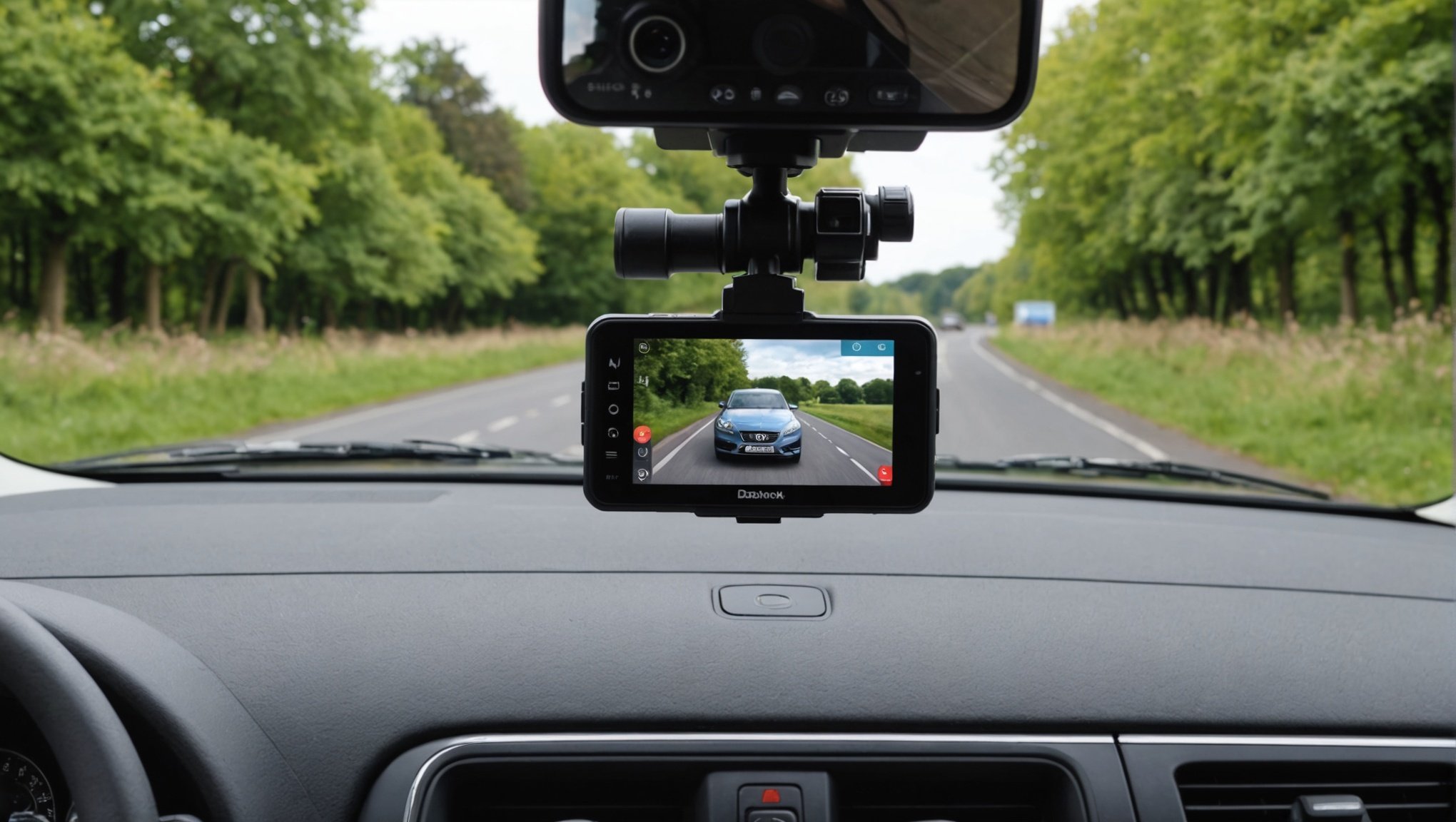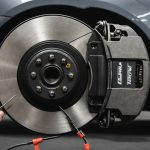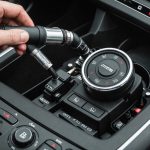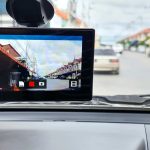Installing a front and rear dash cam can enhance your driving safety and provide peace of mind while on the road. With increasing road incidents and the potential for disputes over insurance claims, having reliable footage can be invaluable. This step-by-step guide will simplify the installation process, ensuring you can capture every journey with confidence. Let’s ensure your vehicle is equipped to protect you, with all the tools and tips you need for a seamless installation.
Overview of Dash Cams in the UK
Dash cams, short for dashboard cameras, are compact devices installed in vehicles to record the road while driving. Their increasing popularity in the UK can largely be attributed to their potential to provide invaluable evidence in the event of accidents or disputes. The installation process for these devices is relatively straightforward, with many opting for both front and rear dash cams to ensure comprehensive coverage.
Also to read : Revamping Classic UK Cars: A Guide to Seamlessly Adding Advanced Driver-Assistance Systems
Benefits of Dash Cams
The benefits of dash cams are manifold. They offer peace of mind by continuously recording your journey, which can be crucial in resolving insurance claims or legal matters. Additionally, dash cams can serve as a deterrent against fraudulent claims and provide evidence of driving incidents, thus potentially reducing insurance premiums.
UK Regulations
When it comes to UK regulations, it is important to ensure that dash cams do not obstruct the driver's view. The footage captured can be used in court; however, it must comply with data protection laws, especially when sharing recordings online. By understanding these regulations, drivers can make informed decisions about dash cam installation, ensuring they reap the full benefits without inadvertently breaching any legal guidelines.
This might interest you : Maximizing Tire Longevity: Expert Tips for Perfecting Wheel Alignment on UK Vehicles
Tools and Equipment Needed for Installation
Installing a dash cam requires a few essential tools and equipment to ensure a seamless setup. First and foremost, you will need a dash cam installation tool kit. This typically includes a trim removal tool, which helps in safely tucking away cables without damaging your vehicle's interior. A screwdriver set is also necessary for securing the dash cam mount and any additional equipment.
For those looking to optimise their installation, consider investing in a hardwiring kit. This equipment allows the dash cam to connect directly to the vehicle's fuse box, providing a cleaner look and enabling features like parking mode. A multimeter can also be beneficial for identifying the correct fuse to tap into.
When selecting dash cam models suitable for UK vehicles, it's crucial to consider the size and shape of your windshield. Models like the Nextbase 522GW or the Garmin Dash Cam Mini 2 are popular choices due to their compact design and high-quality video capture.
To enhance installation efficiency, additional equipment such as cable clips or adhesive mounts can help in managing and securing wires effectively. By preparing these tools and equipment in advance, you can ensure a smooth and efficient dash cam installation process.
Preparing Your Vehicle for Installation
Before diving into the dash cam installation, vehicle preparation is crucial to ensure a smooth and successful setup. Begin by thoroughly cleaning the windshield to guarantee a clear view for the camera. This simple step can prevent obstructions in the footage and improve the dash cam's performance.
Understanding your vehicle’s electrical system is essential. Familiarise yourself with the wiring diagrams specific to your car model. These diagrams offer a detailed layout of the electrical components, enabling you to identify the best connection points for the dash cam. This knowledge is particularly useful if you plan to hardwire the device.
The installation steps typically involve securing the dash cam to the windshield using the provided mount, ensuring it’s positioned correctly for optimal recording. For a front and rear dash cam setup, run the cables discreetly along the vehicle’s interior, using trim removal tools to tuck them away safely. This not only maintains the car’s aesthetics but also prevents any potential damage to the wiring.
When dealing with the vehicle's fuse box, it’s vital to choose the correct fuse to tap into, ensuring it’s not a critical component like airbags or brakes. This careful approach ensures the dash cam functions efficiently without compromising your vehicle’s safety systems.
Step-by-Step Installation Process
Installing a dash cam can be straightforward with the right guidance. This section outlines the dash cam installation process for both front and rear cameras, ensuring optimal performance and coverage.
Installing the Front Dash Cam
Begin by choosing an ideal location on the windshield, typically behind the rear-view mirror, to avoid obstructing your view. Clean the area thoroughly to ensure the adhesive mount or suction cup sticks properly. Attach the front dash cam, ensuring it is level and facing forward. Adjust the angle to capture a clear view of the road. Run the power cable along the headliner and down the A-pillar, using trim removal tools to tuck it away neatly.
Installing the Rear Dash Cam
For the rear dash cam, position it on the rear windshield, ensuring it doesn’t interfere with the defroster lines. Clean the surface and attach the camera securely. Route the cable along the vehicle’s interior, following the same process as the front installation. Secure the cable with clips or adhesive mounts to maintain a tidy appearance.
Connecting Power Supply
Connect the dash cam to the vehicle's power supply. Use a cigarette lighter adapter for a simple setup or a hardwiring kit for a more permanent solution. Ensure the connection is stable to prevent power loss, enabling continuous recording and features like parking mode.
Safety Tips During Installation
Ensuring installation safety is paramount when setting up a dash cam. Begin by disconnecting the vehicle's battery before starting the installation to prevent any electrical mishaps. This precaution is essential to avoid accidental shorts or shocks.
When routing cables, ensure they are secured properly to prevent them from becoming a hazard. Loose wires can interfere with vehicle controls or become tangled, posing a risk during driving. Use cable clips or adhesive mounts to keep wires tidy and out of the way. This not only maintains a neat appearance but also enhances vehicle safety by preventing distractions.
Position the dash cam so it does not obstruct the driver’s view. Ideally, the camera should be mounted behind the rear-view mirror for minimal interference. This placement ensures a clear line of sight, adhering to safety regulations and preventing potential accidents.
Additionally, double-check all connections before powering the system. Loose or improper connections can lead to malfunctioning equipment, compromising the effectiveness of your dash cam setup. By following these dash cam tips, you can ensure a safe and efficient installation process, enhancing both your safety and the device's functionality.
Troubleshooting Common Installation Issues
Installing a dash cam can sometimes present challenges. Understanding dash cam troubleshooting can help resolve these issues effectively. Common installation problems include power connectivity issues and improper mounting, which can affect the performance of your device.
Power and Connectivity Problems
If your dash cam fails to power on, first check the connection to the vehicle's power supply. Ensure the cigarette lighter adapter or hardwiring kit is securely connected. Verify the fuse is not blown and is the correct amperage. For hardwired setups, use a multimeter to confirm the power flow to the dash cam. This step-by-step approach can often pinpoint the source of the issue.
Mounting and Alignment Issues
Improper mounting can lead to shaky footage or obstructed views. Ensure the dash cam is securely attached to the windshield using the correct adhesive or suction mount. Adjust the camera angle to capture the desired field of view without hindering the driver’s sightline. Regularly check the mount's adhesion to prevent the camera from falling.
Seeking Professional Help
If common issues persist despite troubleshooting efforts, consider seeking professional assistance. An expert can provide insights into complex problems and ensure the dash cam is installed correctly. This can save time and prevent potential damage to your vehicle's electrical system.
Maintenance and Legal Considerations
Proper dash cam maintenance is essential for ensuring its longevity and optimal performance. Regularly clean the camera lens to maintain clear footage, as dirt or smudges can obscure the view. Check the mounting regularly to ensure the device remains securely in place, and inspect cables for wear and tear to prevent connectivity issues. Keeping the dash cam's firmware updated is also crucial, as updates often improve functionality and security features.
UK Legal Regulations and Data Protection
Understanding UK legal regulations is vital for dash cam users. Footage can be invaluable in legal situations, but it must adhere to data protection laws. The General Data Protection Regulation (GDPR) mandates that individuals captured in recordings should not be identifiable without consent. When sharing footage, blur faces and license plates to comply with these regulations.
Reviewing Dash Cam Footage
Regularly reviewing dash cam footage can help identify any road incidents or driving habits that need attention. In legal contexts, footage can serve as evidence, but it's important to ensure it’s clear and relevant to the case. Store recordings securely, and only share them with authorities or insurance companies when necessary. This careful approach ensures compliance with legal obligations while maximising the dash cam’s benefits.














